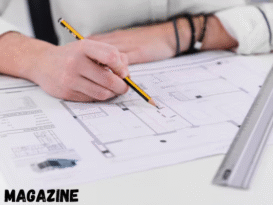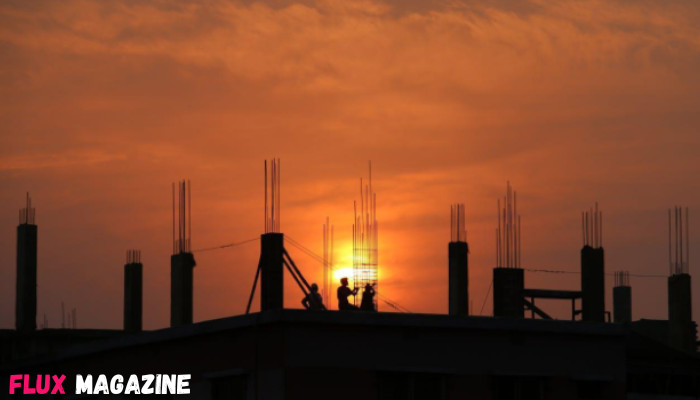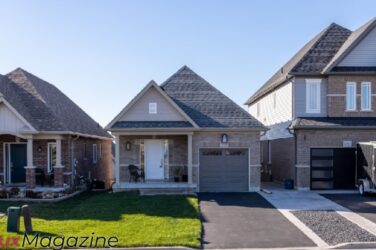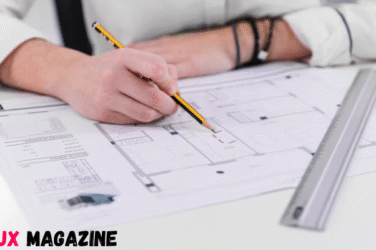Non-flat topography may make construction harder. These issues can make initiatives practically unfeasible quickly. More dangers and delays occur on sloping soil. Slopes, unstable dirt, and limited access contribute. Developers, engineers, and builders must address these concerns to ensure construction endurance. Precast retaining walls frequently solve uneven placement difficulties best due to their stability and efficacy.
Weak Soil Is the First Issue
Land instability is a major risk when building on uneven terrain. Unpacked or poorly drained soil can cause uneven settlement during construction. Cracks and foundation failure can occur. To address this, engineers conduct geotechnical surveys before construction. These tests indicate the soil’s composition and whether grouting, soil nailing, or compaction is needed. Construction workers use numerous methods to install supports to prevent long-term dangers.
Erosion Prevention and Drainage
On steep or uneven terrain, water pools, wears away, or slides towards building sites. Thus, site and construction safety require efficient drainage systems. French drains, slope grading, and subsurface systems keep water away from buildings. It promotes building stability over time. Because they maintain load-bearing conditions and prevent water erosion, retention walls are essential. Not following these instructions could cause water damage to the building.
Access Is Hard
Moving staff, tools, and cargo is harder on uneven ground. Projects on tiny or sloping access paths take longer and cost more. Construction crews often create temporary access roads or use rocky terrain-specific machinery to avoid this difficulty. Sometimes, pre-manufactured commodities must be exported in lower quantities to simplify shipment. Contractors include accessibility in their planning process from the start to ensure that projects don’t stop due to costly issues.
Designing for Stability
Structural and architectural plans must be revised to suit the uneven ground. Foundations or floor plans built on stairs may need to be adjusted for sloped terrain because traditional layouts may not work. Due to their ability to sustain the building and fit in with the earth, reinforced footings and retaining walls are typically required. Architects and engineers must now collaborate to ensure that safety and beauty coexist without issues. Well-planned solutions boost product beauty and durability.
Prices Keep Rising, and Deadlines Are Being Delayed More and More
Projects on uneven ground take longer and require more resources. Stabilising the soil using specific technology and creating particular designs for each project increases cost. However, smart planning can eliminate these costs. There are several ways to reduce staff costs and delays. Modular building, prefabricated systems, and effective retaining solutions are examples. By investing in these tactics early in the development process, developers can avoid unexpected costs and keep the project on budget and on schedule.
Answers for Success
Building on uneven ground is tough, but architecture and building technology have made it easier. Contractors can now handle problems faster and more efficiently thanks to precast solutions, enhanced drainage systems, and modular components. Current technology can turn even the most difficult conditions into useful, secure, and beautiful places. Creating something previously thought impossible is now possible, and it can be used to make original, long-lasting progress.
Turning Issues into Opportunities
Construction may continue since rough terrain no longer limits it. Builders can ensure long-term success by addressing unstable soil, poor drainage, limited access, complex designs, and cost concerns during the construction phase. Builders can save time and money by using current construction methods and prefabricated retaining walls. The most important thing is that they let architects be creative and construct with nature. Understanding how to build on difficult terrain can inspire ingenuity.


















Show Comments (0)